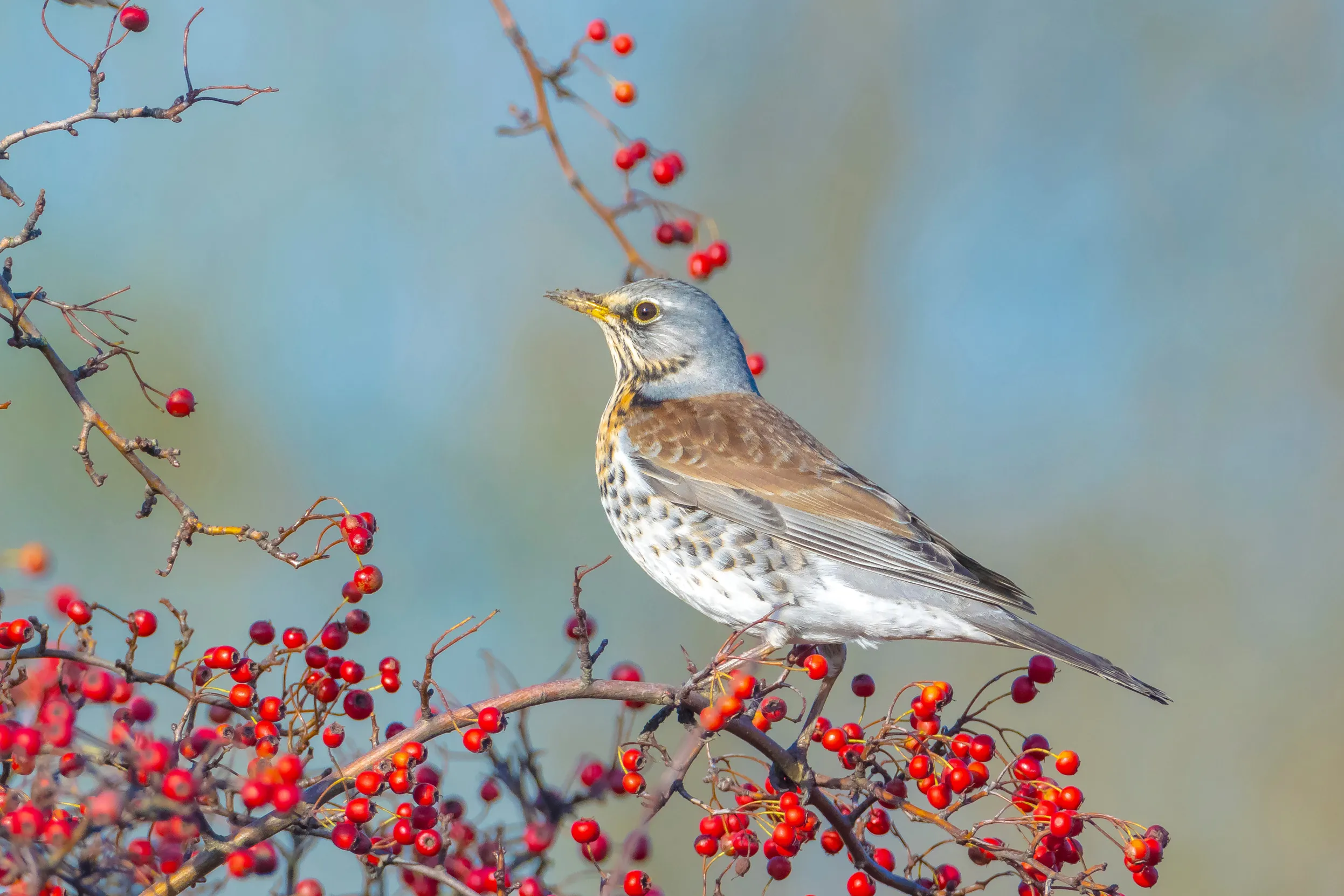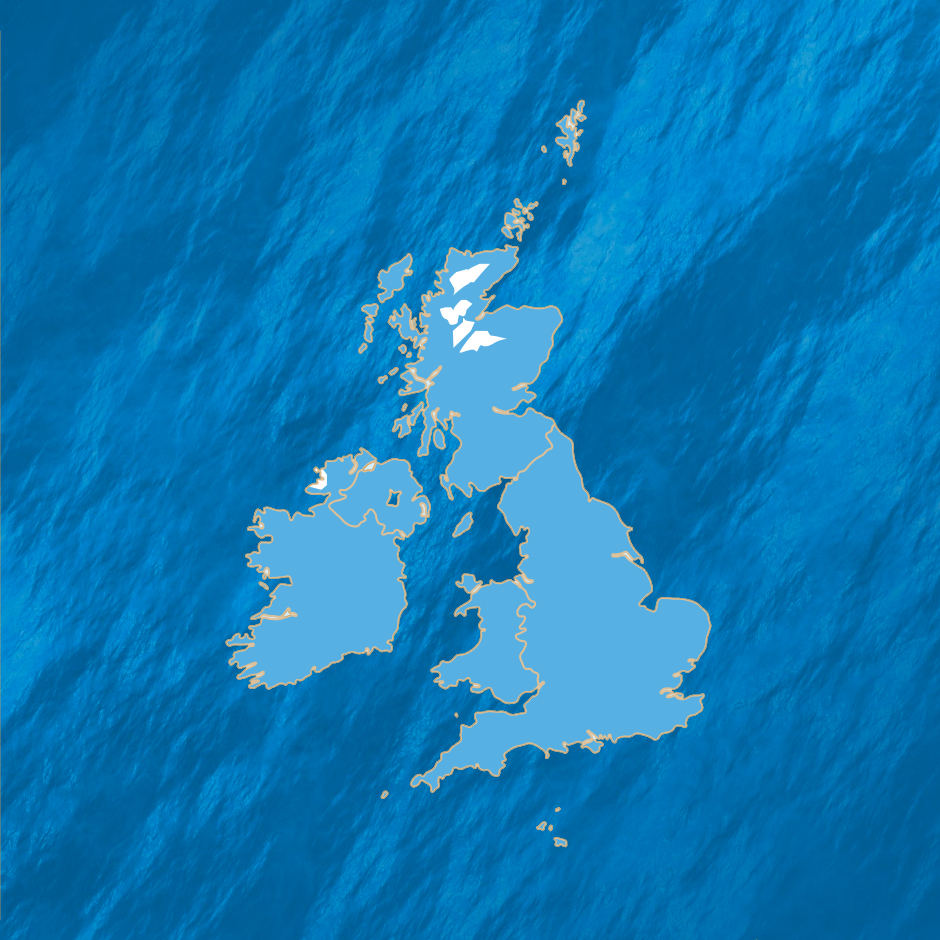
Did you know?
They are rather noisy bird, the loud and excited ‘chack-chack’ calls often alert you to their presence, as they explode from a tall hawthorn or pass overhead in search of their next berry-filled bush.


They are rather noisy bird, the loud and excited ‘chack-chack’ calls often alert you to their presence, as they explode from a tall hawthorn or pass overhead in search of their next berry-filled bush.


Get to know the UK’s thrushes, including the Fieldfares and Redwings that flock here for the winter.
Redwings and Fieldfares are both species of thrush and in this feature, we take a look at these and other thrushes that are found in the UK. Read on to find out more about this fascinating family of birds and for ID tips.